Iran protests: Rouhani claims victory against 'enemy' after crackdown
- Published
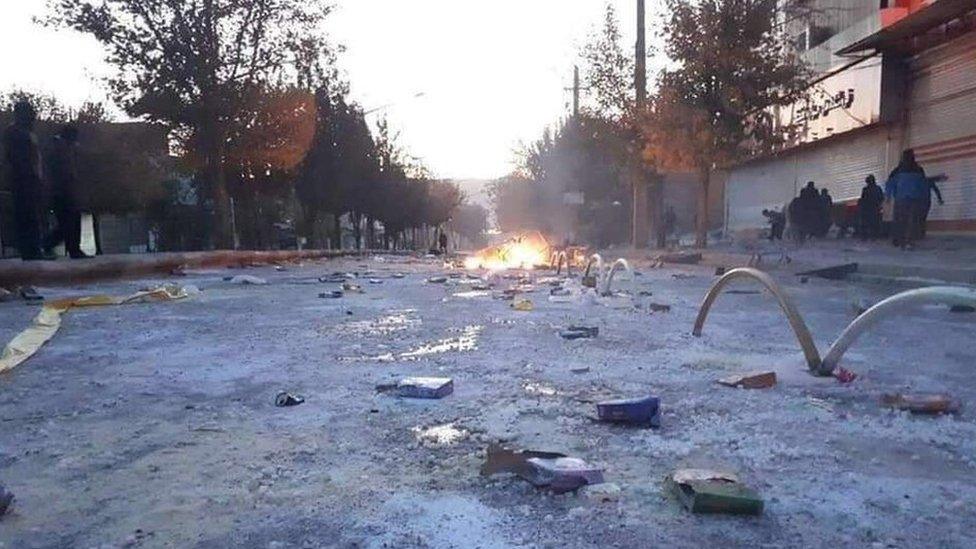
At least 10 people were reportedly killed at protests in the western town of Mariwan
Iran's president has claimed victory against an "enemy" plot, following a deadly crackdown by security forces on protests over petrol price rises.
"Subversive elements" backed by the US, Israel and Saudi Arabia were behind the unrest, Hassan Rouhani alleged.
Amnesty International has said it has received credible reports that at least 106 people have been killed since the protests erupted on Friday.
Other sources have said the death toll may be far higher.
The government has blocked Iranians' access to the internet since Saturday, making it hard to gather information and assess the situation on the streets.
Allow X content?
This article contains content provided by X. We ask for your permission before anything is loaded, as they may be using cookies and other technologies. You may want to read X’s cookie policy, external and privacy policy, external before accepting. To view this content choose ‘accept and continue’.

What is the latest?
The protests erupted on Friday after the government announced the price of petrol would be increased by 50% to 15,000 rials ($0.12; £0.09 at the unofficial market exchange rate) a litre, and that drivers would be allowed to purchase only 60 litres each month before the price rose to 30,000 rials.
President Rouhani said the government was acting in the public interest, and that the money raised would be distributed to the country's neediest citizens.
However, the decision was met with widespread anger in a country where the economy is already reeling as a result of US sanctions that were reinstated last year when President Donald Trump abandoned a nuclear deal with Iran.
Feeling the squeeze: Iran sanctions explained
Banks and petrol stations and other buildings were set ablaze as the protests spread quickly across the country. By Sunday, they had reached some 100 cities and towns, and 1,000 people had been arrested, local media said.
BBC Persian's Jiyar Gol says videos posted on social media showed that protesters focused their ire on Supreme Leader Ayatollah Ali Khamenei, institutions linked to him, and the security forces.
The videos also showed intense clashes between protesters and security personnel. Machine-gun fire could be heard and in some cases streets were left covered in blood, our correspondent adds.
Allow X content?
This article contains content provided by X. We ask for your permission before anything is loaded, as they may be using cookies and other technologies. You may want to read X’s cookie policy, external and privacy policy, external before accepting. To view this content choose ‘accept and continue’.

On Tuesday, a judiciary spokesman declared that calm had been restored.
But people in Iran told BBC Persian by telephone that security forces were still deployed on the streets on Wednesday, and that they were breaking up even the smallest gatherings. In some cities, schools and universities remain closed, and health authorities are asking for blood donations.
Meanwhile, thousands of people have taken part in pro-government rallies in the cities of Rasht, Gorgan, Ardabil, Hamadan and Shahryar, state media reports.
What does the government say?
At a cabinet meeting on Wednesday, President Rouhani blamed the unrest on "organised subversive elements" who "acted precisely on a plan the regional reactionary [Saudi Arabia], the Zionists [Israel] and Americans had formulated".

President Hassan Rouhani claimed victory at a cabinet meeting
"The Iranian people have again succeeded in an historic test and shown they will not let enemies benefit from the situation, even though they might have complaints about the country's management," he said.
"The spontaneous [pro-government] demonstrations which you see are the greatest sign of the power of the Iranian people," he added.
The remarks echoed those of Ayatollah Khamenei, who said on Tuesday night that the protests had been "a security matter" and "not a popular movement".
How many people have died?
The Iranian authorities have announced only a few deaths.
On Tuesday, Iran's UN mission dismissed as "speculative" Amnesty International's figure of 106, which the human rights group said was based on "credible reports".
Allow X content?
This article contains content provided by X. We ask for your permission before anything is loaded, as they may be using cookies and other technologies. You may want to read X’s cookie policy, external and privacy policy, external before accepting. To view this content choose ‘accept and continue’.

The UN human rights office said it was extremely difficult to verify the overall number of deaths, but that Iranian media and a number of other sources suggested dozens of people might have been killed.
BBC Persian's sources inside Iran have put the death toll at about 200.
Our correspondent says most of those killed were from the western provinces of Khuzestan and Kordestan, where unemployment is high and there are deep-seated grievances between residents and the security forces.
Many families are desperately waiting for news about loved ones who left home to join the protests and never returned, our correspondent adds.
Some people who have learned of their relatives' deaths have said officials are not releasing their bodies for burial - something that usually takes place with 24 hours, according to Islamic customs - because they fear the funerals will turn into protests.
- Published10 November 2019
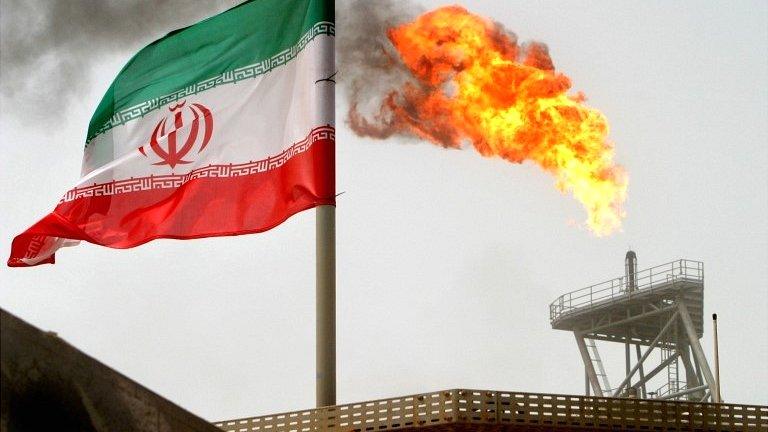
- Published23 July 2019
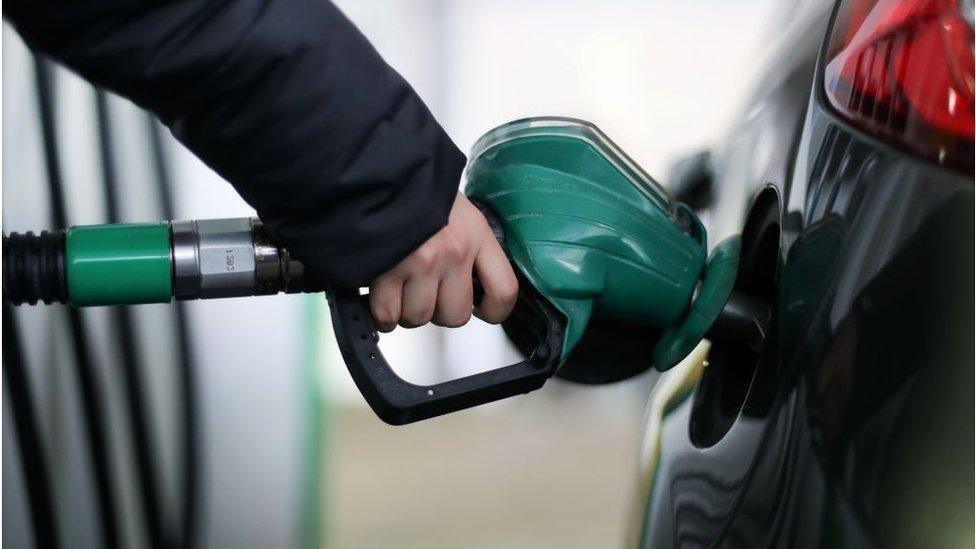
- Published22 April 2019
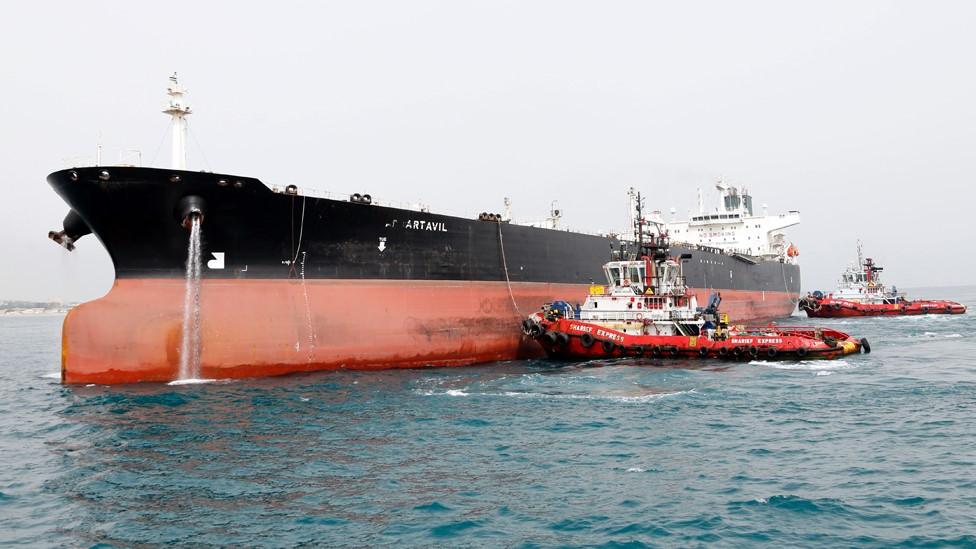
- Published31 December 2017
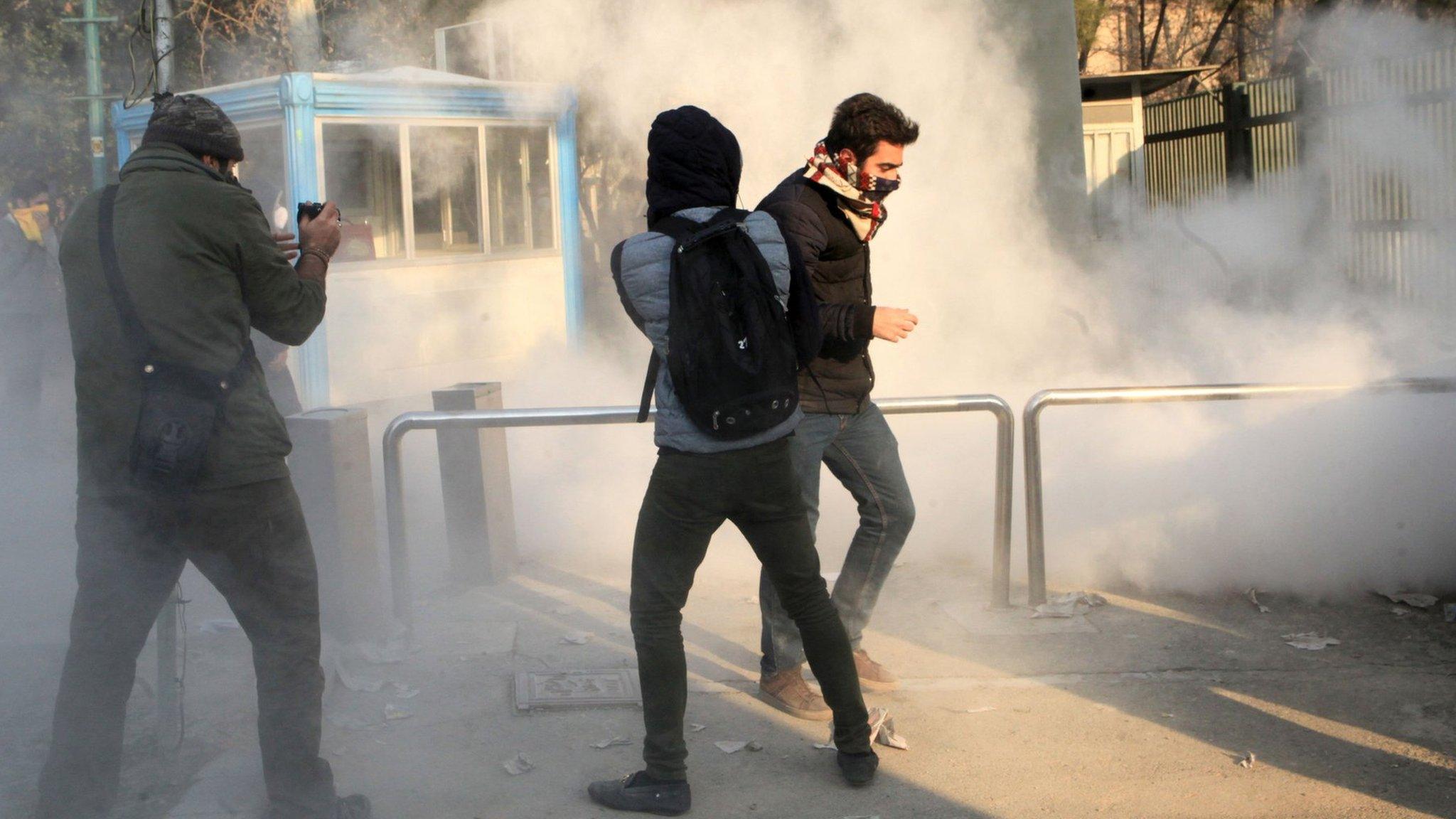
- Published30 December 2017
